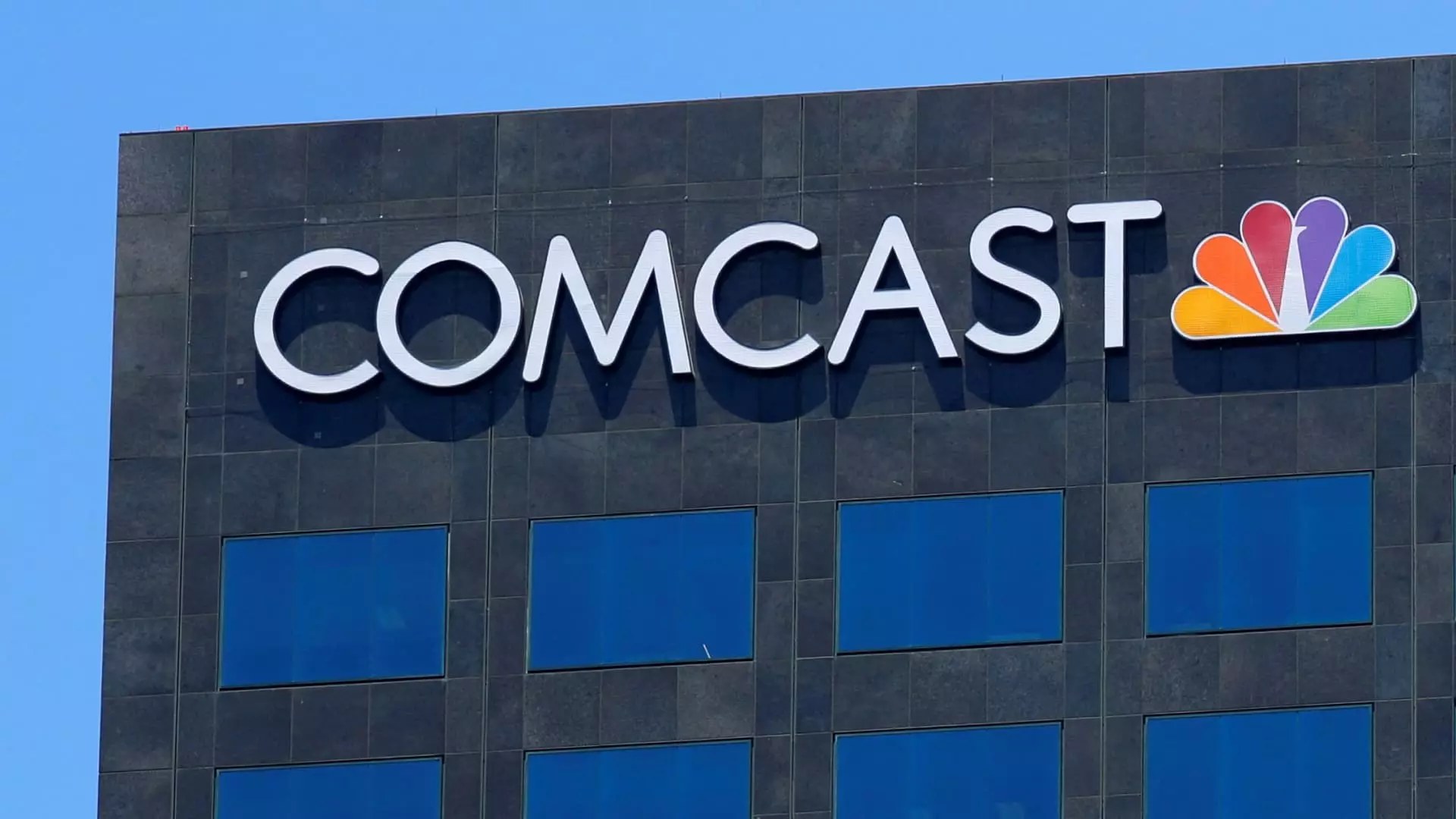In recent days, Comcast has unveiled a pivotal strategy with the planned spinoff of its cable network channels, a move that is poised to shape the future of its media operations. This decision, which insiders indicated is expected to be formalized within a year, highlights the company’s response to the evolving landscape of the media industry, particularly as audiences increasingly gravitate towards streaming services.
The emerging spinoff will introduce a fresh leadership structure, headed by Mark Lazarus, the current chairman of NBCUniversal’s media group. He is set to steer the new entity’s direction, indicating a seamless transfer of leadership from NBCUniversal to this independent entity. Additionally, Anand Kini, the Chief Financial Officer of NBCUniversal, is being appointed as CFO and chief operating officer of the new company, ensuring continuity in financial oversight as the company navigates its independence.
Comcast’s top executive, Brian Roberts, will remain involved through a voting capacity in the new organization, although he will not occupy an operational role or be part of the board. This appears to reflect a desire for both oversight and distance, allowing the new entity to forge its path while still being rooted in Comcast’s legacy.
The financial outlook surrounding this spinoff has been labeled as tax-free, a detail that could make the transition more palatable for shareholders. This strategic move allows the new company to maintain a share structure similar to that of Comcast, thereby potentially enhancing investor confidence during the transfer. Analysts have noted that this shift could attract private equity interest or lay the groundwork for future mergers with other networks—a sign of agility that could safeguard the organizations involved against the further decline of traditional cable consumption.
The announcement has not gone unnoticed in the stock market; Comcast shares spiked by over 2% in after-hours trading, suggesting that investors might be optimistic about this redirection of corporate strategy amidst the backdrop of vast declines in traditional pay TV subscriptions.
Adapting to Changing Consumer Behavior
The motivation behind Comcast’s split can largely be attributed to changing consumer habits. Many viewers are abandoning traditional cable packages in favor of more versatile streaming options. As cord-cutting trends accelerate, the necessity for traditional media companies to adapt is critical. Comcast has recognized these changes and has been focusing on enhancing its streaming platform, Peacock, a move that reflects a shift towards direct-to-consumer approaches in an effort to retain, and even grow, its viewer base.
Moreover, the cable networks undergoing spinoff will include well-known brands like E!, Syfy, Golf Channel, USA, and Oxygen, while Bravo will remain under NBCUniversal partly due to its content alignment with Peacock. This differentiation underscores a strategic vision—by retaining specific networks tied closely to streaming platforms, Comcast appears committed to creating and maintaining content synergy across its services.
Despite the evident challenges facing traditional TV networks, they continue to serve as lucrative assets for media conglomerates. Comcast’s recent quarterly earnings presented a striking 37% revenue increase in its media division—attributed largely to significant events like the Olympics. Even without such boosts, the baseline health of these networks indicates they still serve as cash flow engines for the company, which is vital for funding new projects and operational innovations.
As this spinoff effort progresses over the next year, various operational intricacies must be addressed, including possible licensing agreements and establishing connectivity among MSNBC, CNBC, and NBC News. Preliminary discussions about how the spinoff could affect these relationships are underway, but detailed negotiations have yet to unfold.
Ultimately, Comcast’s decision to spin off its cable network channels signals a transformative period not just for the company but for the entire media landscape. This approach reflects a strategic pivot to modernize and adapt amidst a rapidly evolving industry, positioning both Comcast and its newly formed entity for future opportunities in a heavily competitive space. As the dust settles over this intricate transition, industry analysts and shareholders alike will closely monitor how these changes influence the next chapter of Comcast’s enduring legacy.

